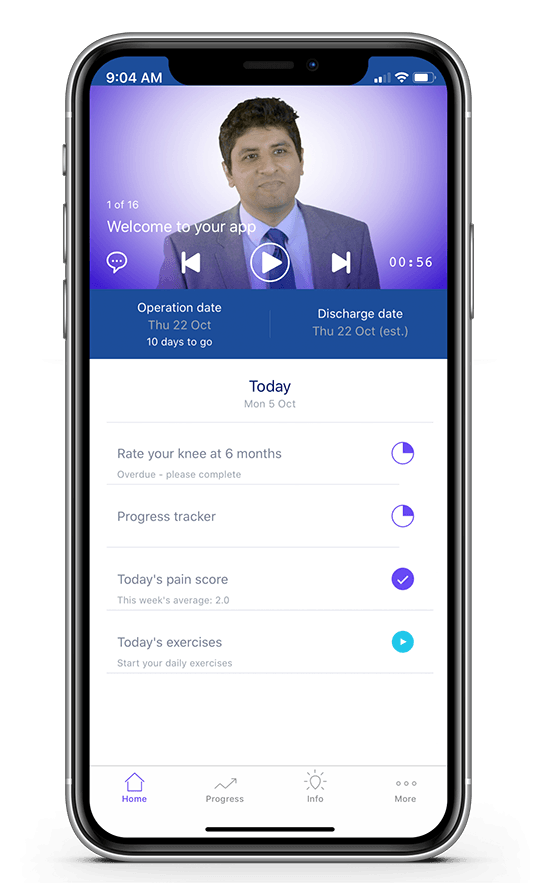News
Total Knee Arthroplasty
Friday, 30 October 2020
Posterior-stabilized, rotating platform knee prosthesis design was aimed to decrease polyethylene wear for the sake of improving implant survivorship. The purpose of the present prospective study was to evaluate the long-term clinical and radiographic results as well as the survival rate after using a rotating platform, posterior-stabilized knee prosthesis at a minimum of 10 years at a Middle East institution. We compared the results with reports in the literature on western populations. From January 2002 to June 2008, 96 patients (106 knees) underwent total knee arthroplasty (TKA) using a cemented rotating platform posterior-stabilized knee prosthesis. At a mean of 11.5 ± 1.3 years, 85 patients (95 TKAs) were available for clinical, radiographic, and implant survival analysis. At the final follow-up, 78.9% of the patients had excellent Knee Society Scoring system score, the average knee flexion was 110 ± 17 degrees, the average anatomical knee coronal alignment was 186 ± 2 degrees and 187 ± 3 degrees for varus and valgus knees, respectively. Five (5.2%) knees were revised of these: two for bearing dislocation, two for aseptic loosening, and one for infection. The Kaplan-Meier survival rate was 94.7% for all revisions and 97.8% when only revision for aseptic loosening considered as the end point. At a long-term follow-up, reasonable clinical and radiographic outcomes had been achieved after using a rotating platform, posterior-stabilized knee prosthesis in our population with acceptable survival rate reaching up to 95%, which is comparable to reports from the western population.
Read Full Text - http://dx.doi.org/10.1055/s-0040-1716850


